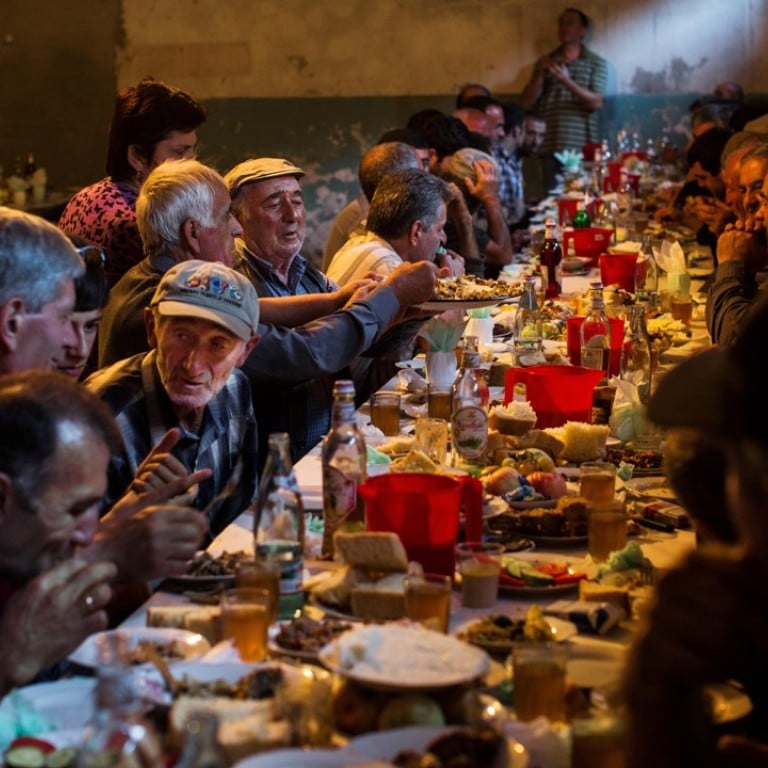
Georgian cuisine: kaleidoscope of tastes and textures in a country that’s reclaiming its culinary identity
Sitting at a geographical crossroads between continents, Georgia’s dishes reflect the nation’s long history as a melting pot of Asian, Persian, Arab and European cultures
Georgia is a country which, perhaps understandably, doesn’t elicit much in the way of knowledgeable responses when you say you are heading there. Reactions range from asking if it is a dangerous place to bewilderment that the food can be anything other than grim post-Soviet stodge.
Georgians have the Mongols to thank for their favourite dumpling
The culinary reality couldn’t be further from the truth – tables heave with a stunning kaleidoscope of tastes, textures and ingredients that make you rue the fact there isn’t a single dedicated Georgian restaurant anywhere in Hong Kong. There really should be.
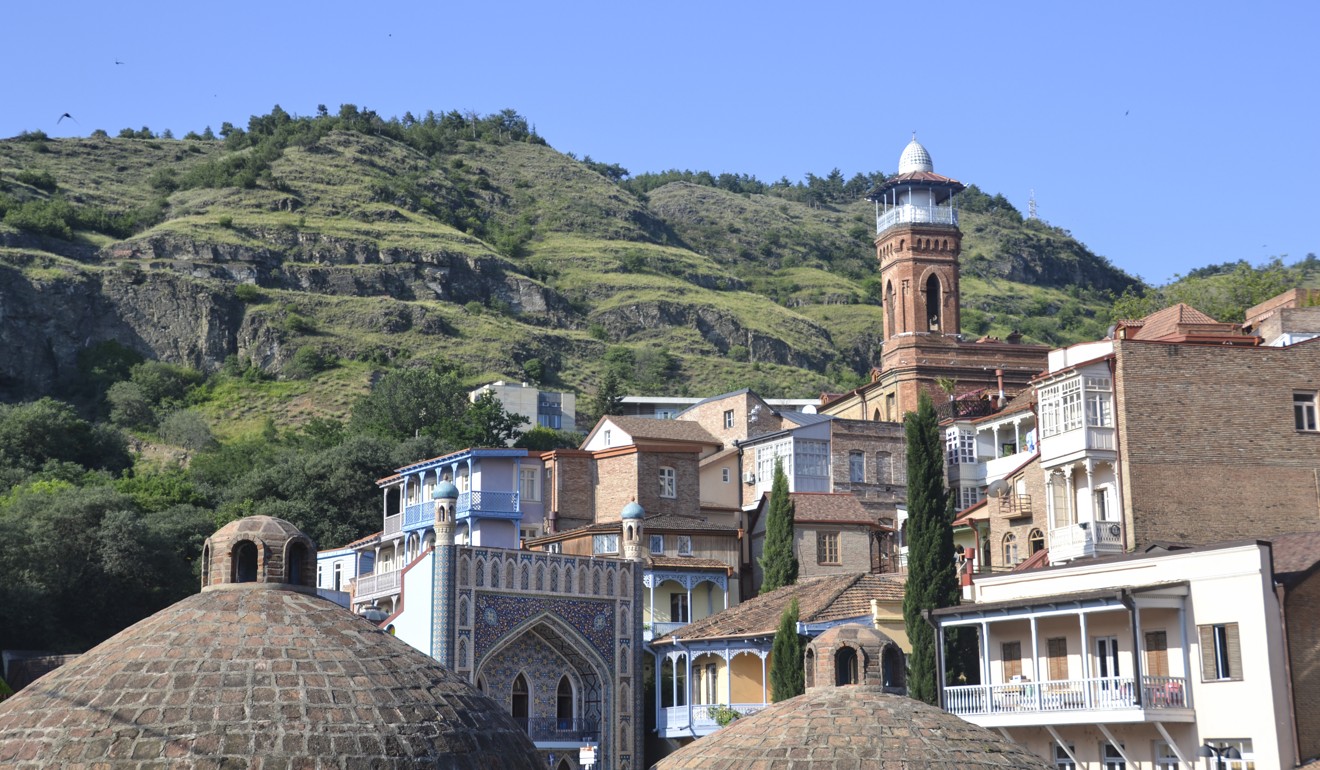
Kazakhstan’s national airliner, Air Astana, is a good option to get from Hong Kong to the compact land wedged between Turkey and Russia; the traveller avoids long-haul flights and can make a stopover in the fascinating former Kazakh capital, Almaty. When you land in Georgia, omens are good from the start. Customs officers standing on the air bridge smile and say “hello” as you walk past, while passport control staff greet you with “Good afternoon and welcome to Georgia”.
The native Georgian name for the country is Sakartvelo; it’s believed the name Georgia is derived from the Gurj, a Persianpeople who were devotees of St. George. The 3,000-year-old Georgian language is a thing of beauty. It is based on an alphabet with 33 letters and is closely related to Aramaic, the language spoken by Jesus.
Russian is still spoken by some but, as a proudly independent people since 1991, Georgians are reasserting their own culture, particularly when it comes to food.
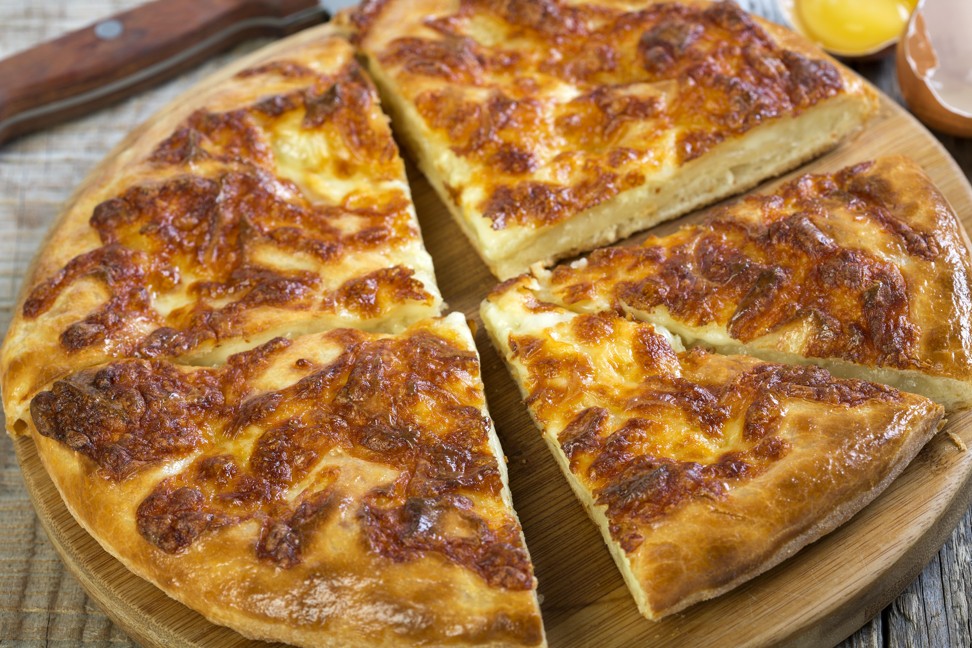
To understand the nation’s cuisine, you first need to understand Georgian-style hospitality. Family is everything and, by association, a guest is welcomed and treated as a family member, with everyone doing everything to ensure their happiness.
A Georgian saying, that “A guest is a gift from God”, is nowhere more evident than in the food – and drink – laid out for you. Indeed, after a week in Georgia, you’ll probably need a two-week diet because of the vast array of dishes offered at every meal.
Georgian capital Tbilisi a fascinating mix of new and old
An epic Georgian feast, called a supra, is something with which you quickly and repeatedly become familiar. There’s no risk of boredom, however, as every location has their own versions of the small plates on offer, which are served even before the real food arrives.
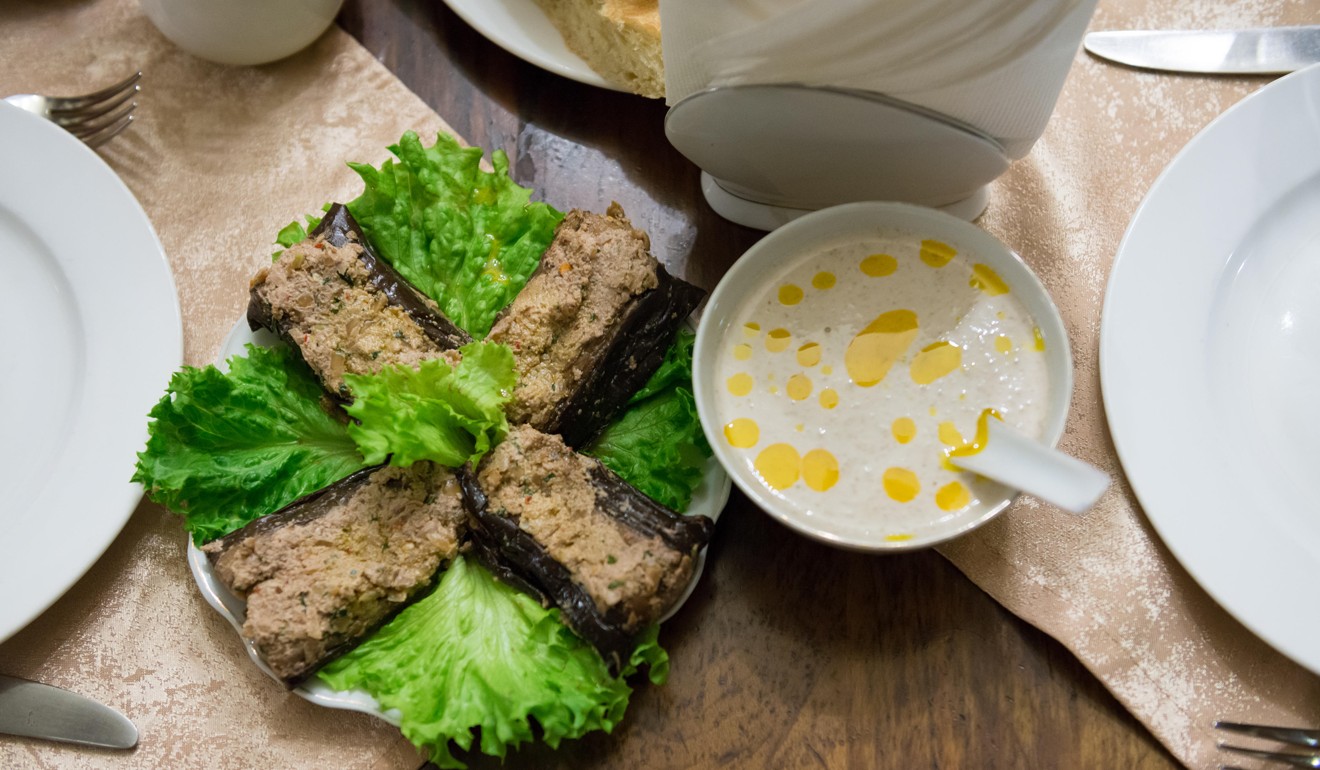
The ancient, beguiling capital, Tbilisi, means “warm springs” and a first dinner at Tsiskvili restaurant overlooks the Kura River that runs through it. As rainbows form over the water in the early evening sun, you take stock of a table groaning under the weight of scores of bowls.
Georgia’s dishes and traditions reflect the country’s ancient history, not least as a geographical meeting point for Asian, Persian, Arab and European cultures, notably through the Great Silk Road. So it’s no surprise that dishes seem to celebrate all these regions at once. Think meze – and then some.
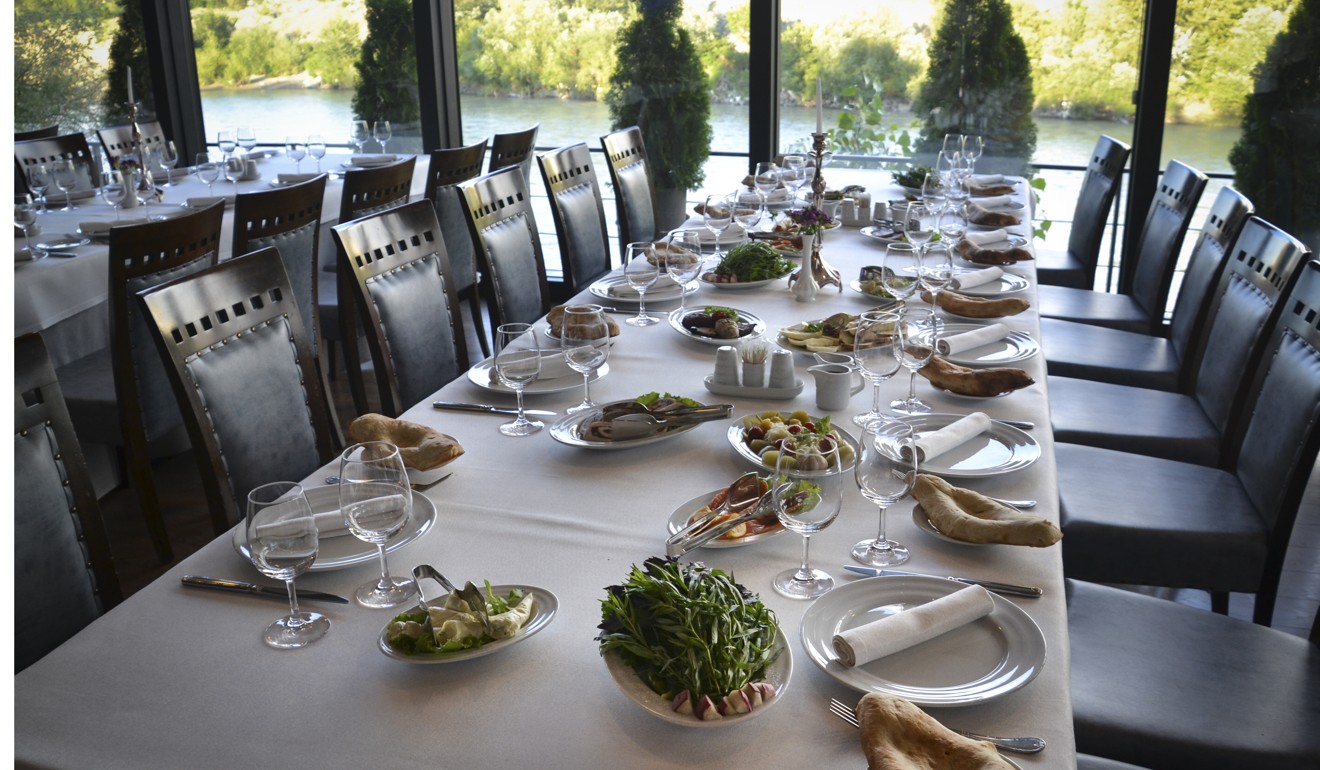
There are salads of tomato, cucumber and onion mixed in with mounds of parsley, or potatoes flecked with fragrant dill – an herb, alongside tarragon, that features time and again in Georgian dishes.
Colourful scooped balls of vegetable pâtés, often made with nuts, also feature. In common with almost all Georgian dishes, the names don’t roll off the English-speaking tongue, but fkhali is a heady mix of walnuts with beetroot, yogurt, fenugreek, coriander, red pepper, garlic and parsley. Walnuts feature again as a stuffing in aubergines, called badrijani nigvzit, or in sweet red peppers known as apyrpylchapa.
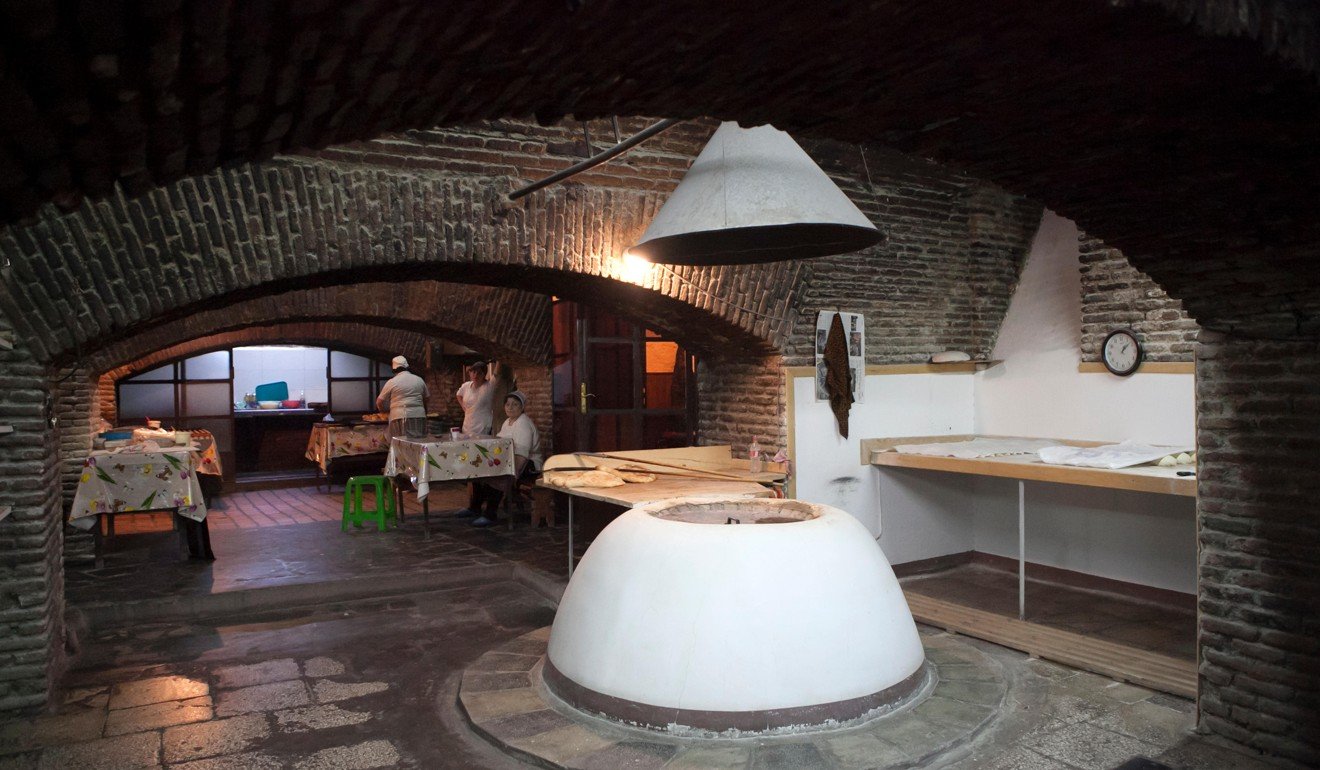
All are the perfect accompaniment to legendary Georgian canoe-shaped breads called shotis puri that are baked in tandoor-style clay ovens.
We haven’t even got to the cheeses. The mozzarella-like sulguni is served wherever possible on the same day that it is made. Imeruli is a cow’s milk curd white cheese, somewhere between a ricotta and feta, that features in Georgia’s national dish of khachapuri, an outrageously good, utterly decadent bread that is topped, but also filled, with different cheeses. Tsiskvili is just one of hundreds of restaurants in the capital serving traditional cuisine and supra feasts.
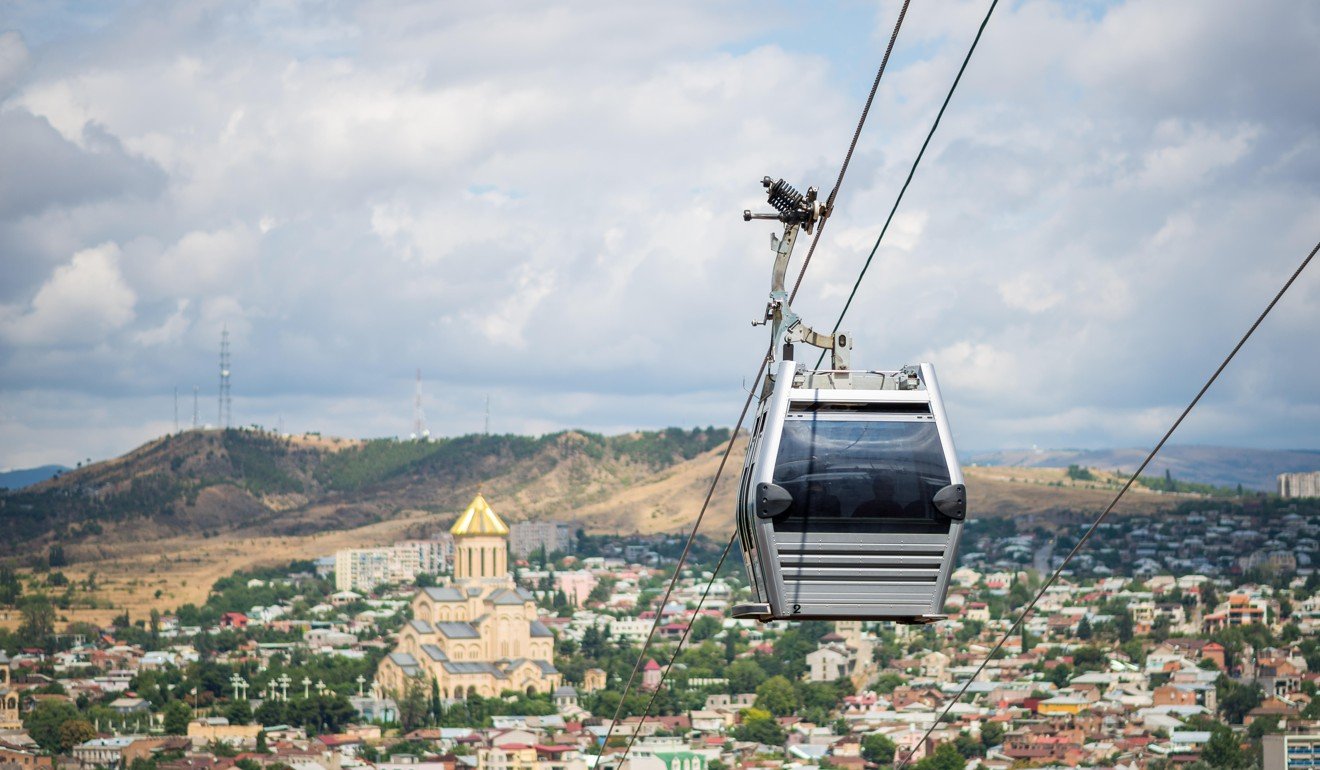
There are no prizes for guessing the most photogenic way to reach the restaurant Funicular, high on Mtatsminda Mountain with breathtaking views over the city below. The table is again decked out on arrival, but it’s the later additions that especially stand out.

A sensational dish is chakapuli, a veal stew cooked for hours and infused with white wine, plum and tarragon. It has a gentle sourness thanks to the fruit, which is added to many slow-cooked dishes. The fruit also forms the base of a sauce known as tkemali, which contains copious amounts of garlic and dill.
Tkemali’s ubiquity and popularity has seen it called the “Georgian ketchup”. The sauce is the perfect accompaniment to the charcoal-grilled pork and chicken shashlik that often feature as the main dish of the supra meal.
Located on one of Tbilisi’s most upmarket streets, the restaurant Barbarestan has a unique back story, being named after princess Barbare Jorjadze, who in 1914 took on the task of chronicling Georgian dishes in a cookbook. The restaurant proudly show diners an original copy, but the dishes don’t feel a century old – far from it. Thankfully for the waistline, this was one meal not featuring the supra.

Mushrooms stuffed with cheese were baked in a puri oven, as if straight out of contemporary Italian restaurants, while a brilliant aubergine dip, humming with parsley and garlic, tasted like a less smoky baba ganoush.
Barbarestan’s decor reflects the princess’ era, with birds in cages, antiques, lace and lots of family photos, while the soundtrack features the extraordinary, ethereal polyphonic singing for which Georgia is famous.
Their khachapuri bread covered with imereti and adjarian cheeses is possibly the most decadent of the week – which is saying something. However, it’s a simpler dish that is the most memorable: a gently soured mushroom soup, the earthy notes and fresh herbs lifted by sharp hints of plum.

Finally, I visited one of Tbilisi’s newest spots. Culinarium Khasheria was established by Tekuna Gachechiladze, a chef educated at New York’s Institute of Culinary Arts who returned to her homeland in 2005. It sits opposite the sulphur baths in the city’s fascinating old town and serves as a cooking school as well as a restaurant.
Tannic whites and sweet reds: Georgia’s fantastic, upside-down world of wine
A late dinner on a busy evening proved the perfect way to end a week of Georgian cuisine. They don’t offer the supra feast, but just two impeccable dishes ordered from the short menu showed their class.
I could have feasted on catfish ceviche or goat cheese with pomegranate and rucola, but instead I opted for another soured soup, which was a revelation for its depth and clarity of flavour, before I devoured an exemplary roast chicken with tarragon cream and dill potatoes. Humble, unpretentious, utterly delicious. In other words, Georgia, on a plate.
Tsiskvili, Akaki Beliashvili St, Tbilisi, Georgia, +995 32 200 55 55
Funicular, 2/F Mtatsminda Plateau, Tbilisi, Georgia, +995 32 298 00 00
Barbarestan, 132 D Aghmashenebeli Ave, Tbilisi, Georgia, +995 322 94 37 79
Culinarium Khasheria, 23 Albano St, Tbilisi, Georgia, +995 322 72 11 57
How to get there
Turkish Airlines fly between Hong Kong and Tbilisi via Istanbul; Air Astana flies there via Almaty; Aeroflot flies there via Moscow

